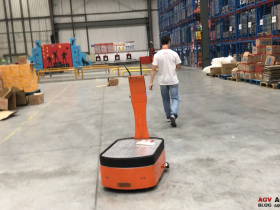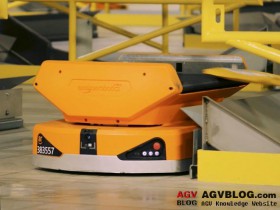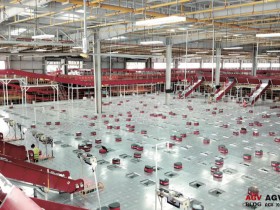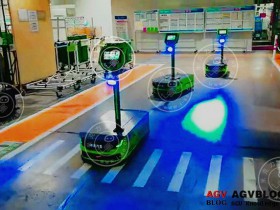The development of warehousing robots is like a mushroom. The fastest-growing one is Amazon, which has been deploying automated logistics systems since 2012.
Recently, a report by the foreign media Wired further showed everyone how these robots in the Amazon logistics warehouse work.
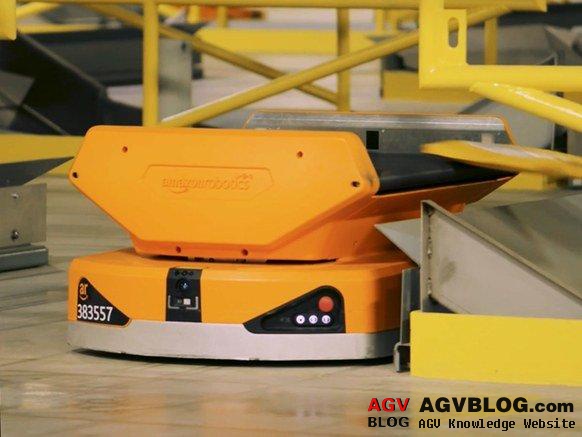
In fact, the most important job in this warehouse is sorting. That is to put the packaged goods into the trucks to different regions according to different delivery addresses.
And the main role played by these machine cars is also this. After humans have these carts, they only need to stand in place and put the packaged goods on the machine cart in front of them in order, and the work is completed.
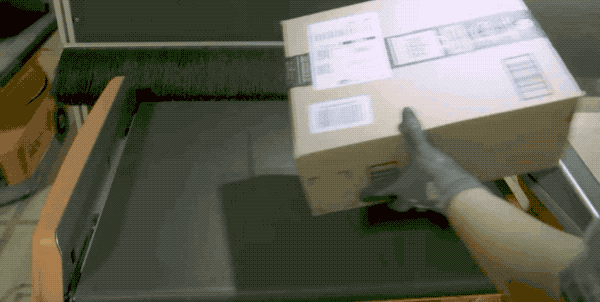
Next, these cars will automatically plan routes in the 125,000-foot field, and put the goods into more than 300 trucks.
Then the first question comes. How do these machine cars recognize the way?
First of all, Amazon equipped these machines with a cloud line management and control system. The management and control system is just like the dispatching center of the railway. It needs to arrange the travel route of each car and each task. It also needs to monitor the status of the entire transportation network in real time. When an accident occurs and congestion occurs, a plan will be generated in time to ensure The entire system can run normally and smoothly.
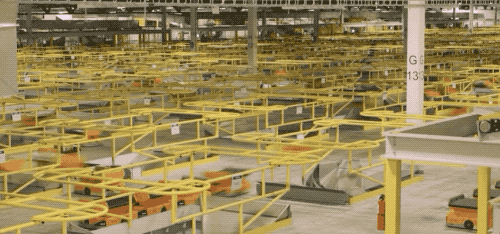
In addition, these cars also have exclusive "blind paths" to guide them.
The floor of the Amazon sorting center looks just like an ordinary concrete floor. But if you look closely, you can find that two-dimensional codes are attached to the ground. These QR codes are the "blind paths" of robots.
Whenever the cart arrives at a location pasted with a QR code, it will be scanned with a scanner "under the belly". The QR code will also tell the car whether to "continue to move forward" or "turn left / right" next. After receiving the order, the car will continue to follow the instructions until it encounters a QR code that tells it "the end has been reached".
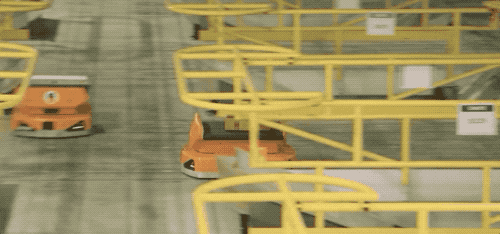
When the trolley transports the goods to different destinations, the trolley will send the goods to the chute at the end through the tracks, and the goods will fall along the chute to the trucks sent to different regions.
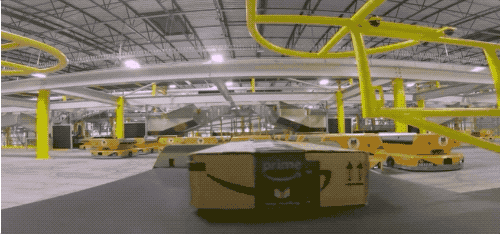
Since then, the task of sorting goods for the machine cart has been completed.
I believe some people will have such a question: put as many machine carts as possible, and adjust the speed of each machine cart faster, so that the entire sorting system is not more efficient?
Actually not. You think about it. There are so many people who have cars in Beijing, Guangzhou, and Shenzhen, and the cars are not slow. However, the transportation system is still so inefficient. People still waste two or three hours a day commuting.
The same is true for these robots. Amazon said that the entire logistics center has a total of 800 machines and carts, but for higher efficiency, Amazon often only puts 400 to 500 of them.
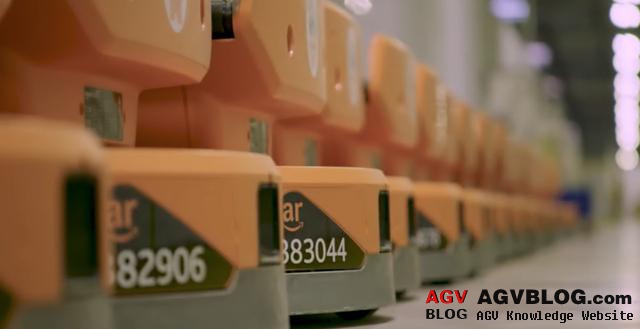
Ryan Clarke, senior manager of robotics technology applications at Amazon, said that it is quite complicated to allocate traffic reasonably and minimize congestion.
In order to understand how many machine carts are placed at a time and how fast the carts are set, the efficiency of the entire sorting system is the highest, and Amazon also has a simulation system. With the help of this simulation system, they can more intuitively analyze how it is most reasonable to allocate machine carts under different order quantities or under more complex conditions.
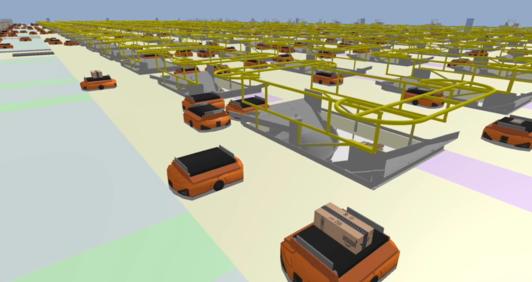
In fact, besides Amazon, there are also e-commerce and logistics companies in China equipped with similar automation systems to cope with the increasing pressure of logistics.
For example, JD.com ’s Wolf Warehouse, Asia ’s No. 1 Smart Logistics Center in Beijing, has improved efficiency by 8 times through robotic automation. Counting from the moment the consumer places the order, less than an hour, the goods can complete the process of picking, packaging, sorting and loading.
Another example is Shentong's transshipment center in Tianjin. After adopting the AGVS warehousing system, there are nearly 300 machine carts operating at the same time every day, and it also reduces the manpower from 150 to 30 people under the same workload.
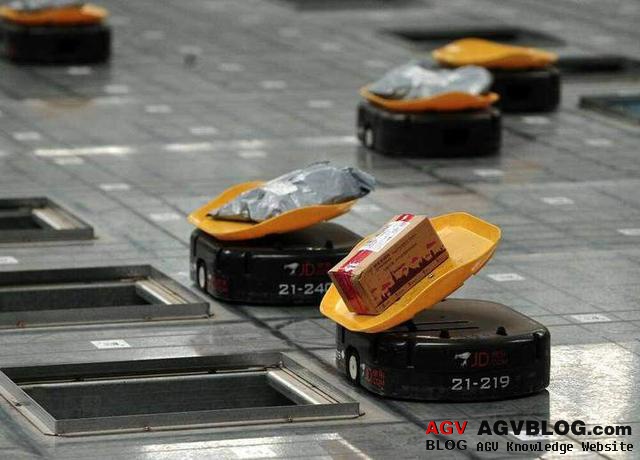
▲ Jingdong storage robot. Picture from: Jingdong
Obviously, in the end, we return to the old question. Will more efficient robots completely replace humans in these positions?
The answer is right. But this does not mean that mankind will be laid off.
R. David Edelman, the special assistant for the digital economy of former US President Barack Obama, said that automation represents only the transfer of skills, not the transfer of work. And humans can also use this to acquire more advanced skills in the same job.
What does it mean? In fact, it has already been reflected within Amazon.
With the intervention of robots, human employees no longer need to walk around in a 125,000-square-foot warehouse to sort goods, but also learn more advanced skills such as troubleshooting and handling robot failures.
In a recent interview with CNBC, Jeff Wilke, CEO of Amazon's global consumer department, said that the use of robots not only did not replace workers, but also helped some of them get higher wages.
The illustrations in this article come from: Amazon

